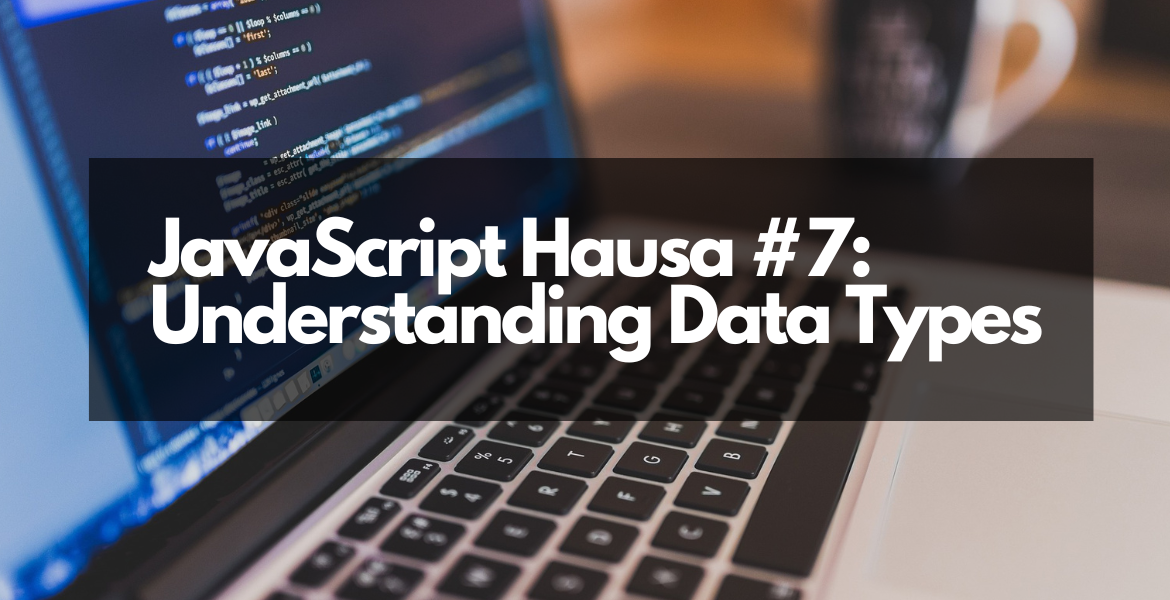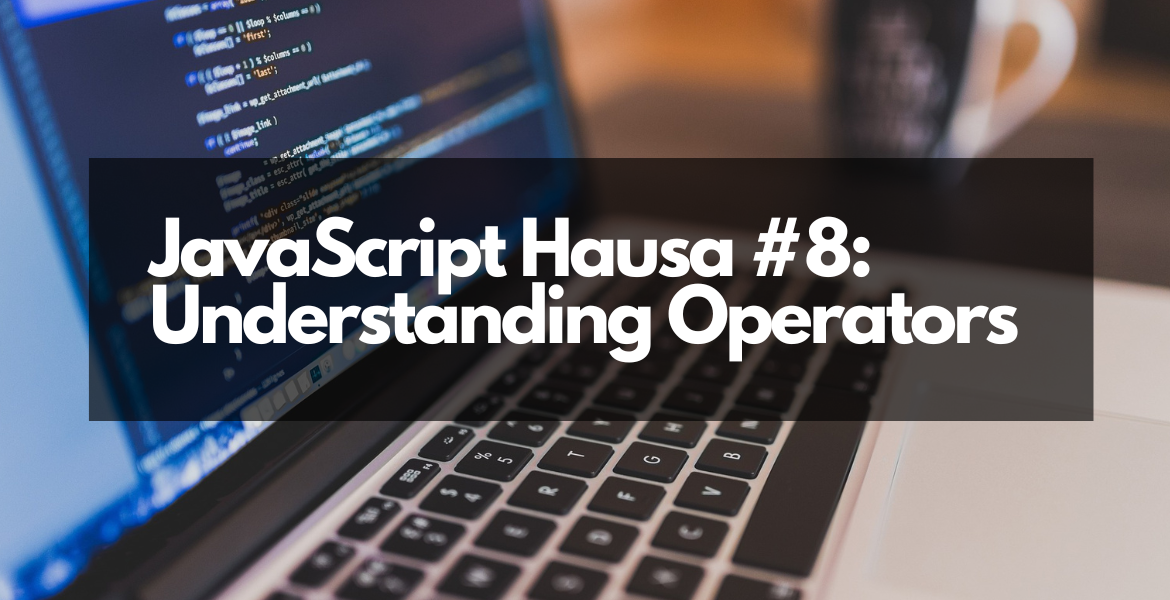JavaScript Hausa #7: Understanding Data Types
JavaScript Hausa #7: Understanding Data Types
Welcome to the seventh lesson in our JavaScript series. Today, we're going to talk about data types—a fundamental concept in programming. Data types help us understand what kind of information we're working with in our code. Let's explore them together!
What Are Data Types?
Data types are like categories that tell the computer what kind of information you're using. For example, if you're working with numbers, words, or true/false values, each of these falls into a different data type. In JavaScript, there are several built-in data types that you'll use often.
Common Data Types in JavaScript
Here are some of the most common data types in JavaScript:
- String: A string is a sequence of characters (letters, numbers, or symbols) enclosed in quotes. For example:
"Salamu alaikum"or'Hello'. - Number: A number can be an integer (like 5) or a decimal (like 3.14). For example:
42or0.5. - Boolean: A boolean represents either
trueorfalse. It's often used for conditions and logic in your code. - Undefined: This means a variable has been declared but hasn't been assigned a value yet. For example:
let name;will makenameundefined. - Null: Null is a special value that means "no value" or "empty." It's often used when you want to intentionally set something to nothing.
How to Check Data Types
Sometimes, you might want to check the type of a value in your code. You can do this using the typeof operator. Here's an example:
let greeting = "Salamu alaikum"; console.log(typeof greeting); // This will print "string" let age = 25; console.log(typeof age); // This will print "number" let isStudent = true; console.log(typeof isStudent); // This will print "boolean"
Why Are Data Types Important?
Understanding data types helps you write better, more reliable code. For example:
- Avoid Errors: Knowing the type of data you're working with can prevent unexpected errors in your program.
- Write Clear Code: When you know what type of data you're dealing with, it's easier to organize and structure your code.
- Perform Operations Correctly: Some operations only work with specific data types. For instance, you can't add a string to a number without converting one of them first.
Watch This Video for More Guidance
To see how data types work in action, check out this video. It gives a step-by-step demonstration of understanding and working with data types in JavaScript.
We’ve kept the video size small (320x180) so it looks great on mobile devices while still being easy to watch on larger screens. Tap the video to expand it if you're on a phone!
Final Thoughts
Congratulations! You’ve now learned about data types in JavaScript. They’re an essential part of programming because they help you manage and manipulate information effectively. As you continue learning, you'll become more comfortable recognizing and working with different data types.
In the next lesson, we’ll explore more exciting topics in JavaScript. Keep practicing, and don’t forget to have fun!
Thank you for reading, and happy coding! Salamu alaikum!
.png)

.png) Hausa Academy
Hausa Academy


